Sea stars are the jewels of the ocean and one of the most beloved creatures of the sea. While they may look like dainty little decorations on the ocean floor, there is so much more to this species than what first meets the eye.
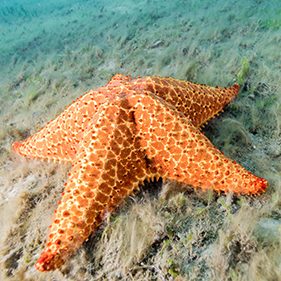
Common name: Sea Stars
Scientific name: Asteroidea
Type: Invertebrate
Phylum: Echinodermata
Average Size Relative to a Diver:
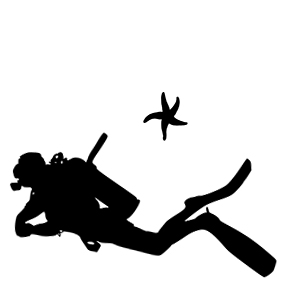
Sea stars are part of the echinoderm phylum which first appeared at the start of the Cambrian period and now includes 7,000 living species. Some of the sea stars close relatives include sea urchins, sea cucumbers, sea lilies, and sand dollars.
While sea stars seem to come in many different sizes and colors, one thing typically remains the same – their star-like or pentagon shape.
It is estimated that sea stars have been around for 450 million years, but because of their soft bodies and lack of solid bones, it is hard to accurately determine how ancient they actually are from the fossil record.
While sea stars are often called starfish – they are not in fact “fish.”
Animals, in general, can be split into two distinctive groups: vertebrates and invertebrates. What differentiates one from the other? The presence of a spinal column (also called vertebrae).
Birds, mammals, reptiles, amphibians, and FISH have a spinal column and henceforth are classed under the vertebrate group. Sea stars, on the other hand, don’t have a single bone in their body and therefore are classed as an invertebrate alongside insects, corals, crustaceans and many other groups.

Sea stars are found throughout all the world’s oceans. They have learned to live in all kinds of different oceanic habitats. The only place you won’t find sea stars is in freshwater environments.
From the warms intertidal zone of the tropics to the harsh and frigid poles, sea stars have evolved to survive in some of the harshest marine environments. You can even find sea stars at 6,000 meters (20,000 feet) on the deep, dark abyssal seafloor.
Take a look at the map below to see where the stars of the ocean are typically found:
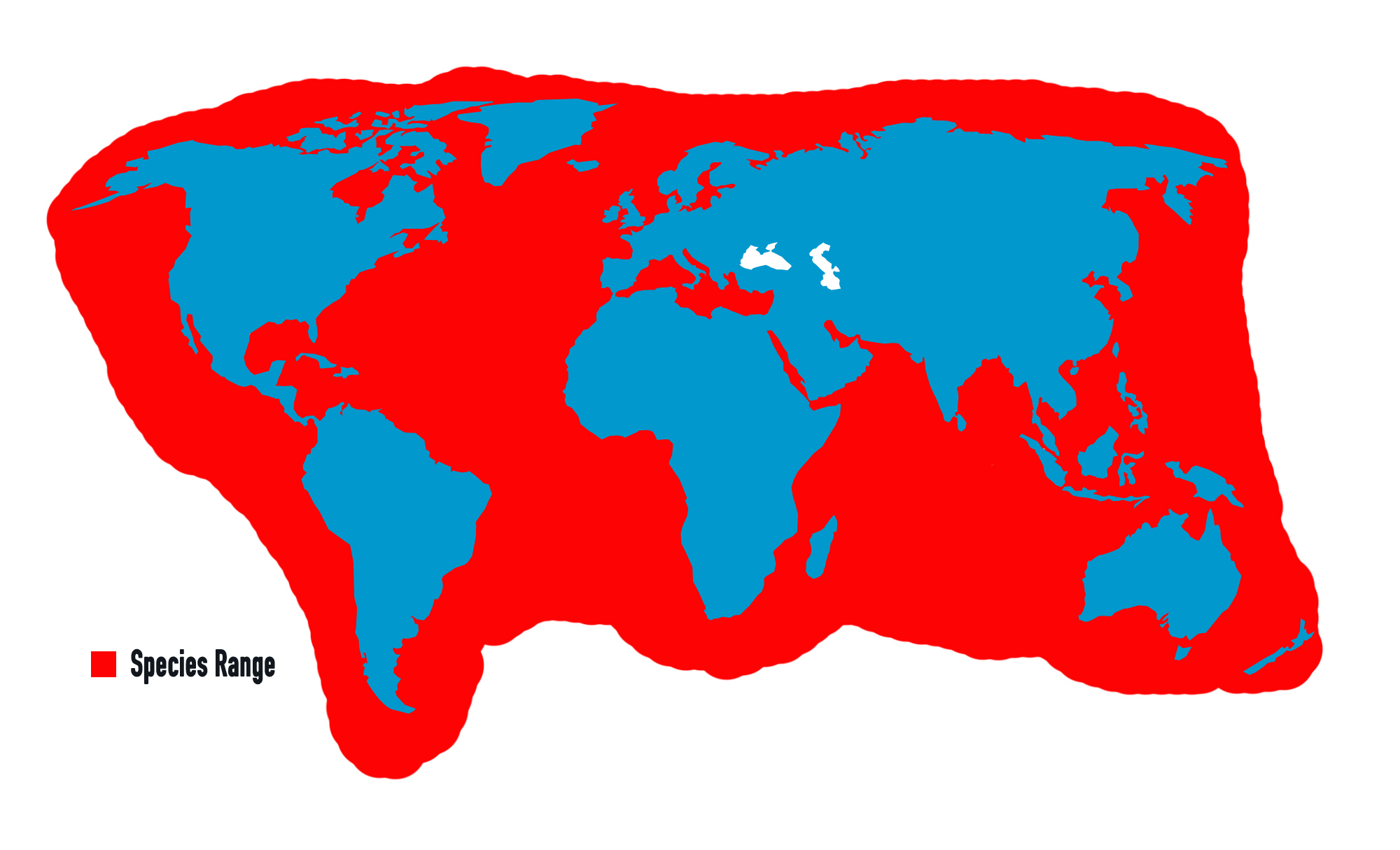
There are around 1,600 different species of sea stars in the oceans of the world.
The smallest species of sea star is the Paddle-spined sea star (Patiriella parvivipara). When fully mature Patiriella parvivipara measures less than 2.5 centimeters (1 inch) in diameter (which is about the size of one of your fingernail).
On the other side of the size spectrum, the largest sea star is the sunflower star (Pycnopodia helianthoides). These big animals have an arm span of close to one meter (40 inches) tip to tip and can weigh up to five kilograms (11 pounds). The sunflower star also has the most arms of any known species.
In appearance, sea stars have a smooth, granular or spiny surface with a central disc and five arms, but some can have as many as 40.
Interesting Fact: Sea stars are the perfect example of an animal with radial symmetry. Organisms with radial symmetry have no difference between their “right” and “left” sides, they only have a top and bottom.
Below is an image with the external parts of a sea star:
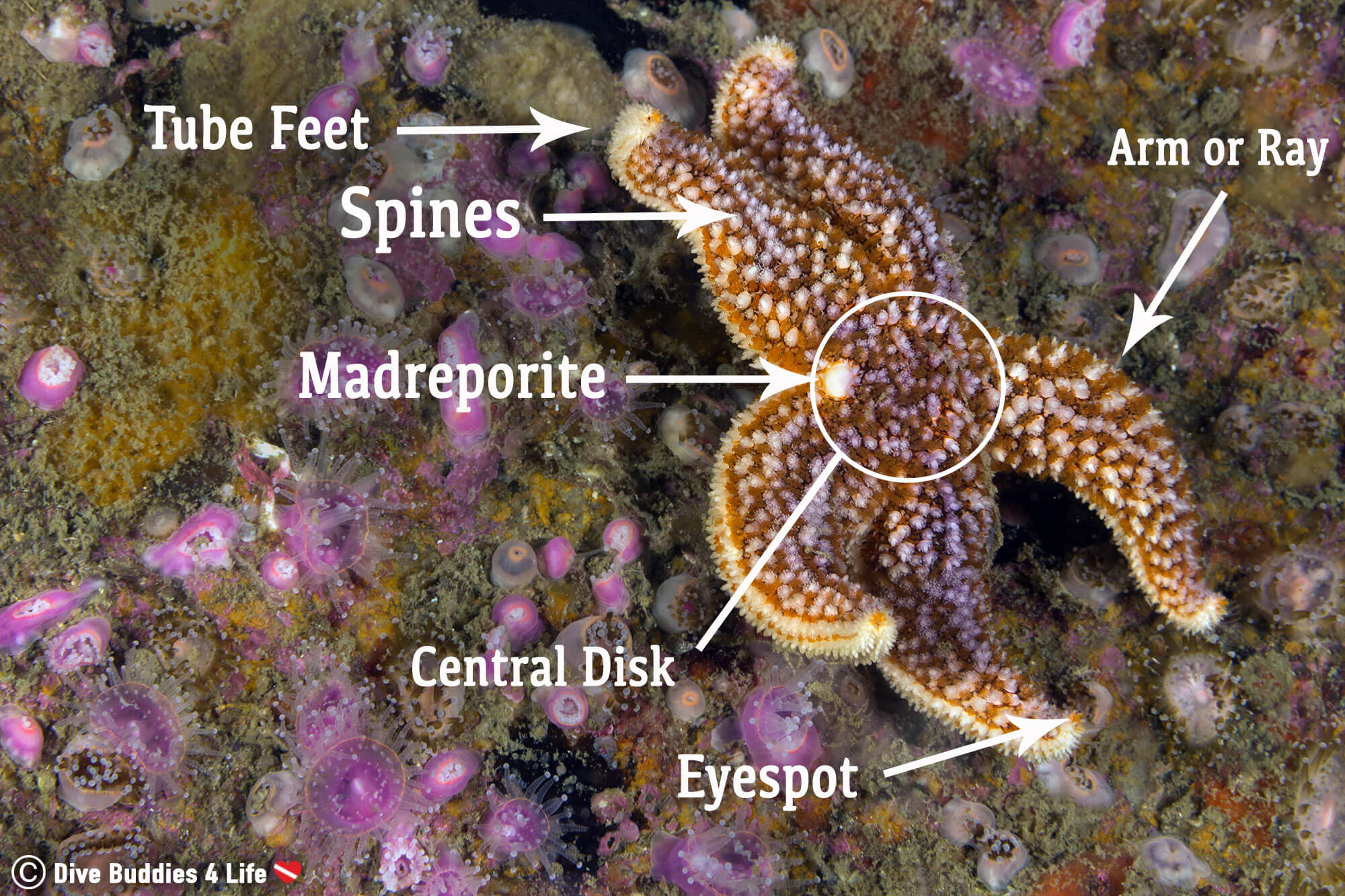
Unlike us, starfish don’t have muscles to make their arms and legs move.
Instead, they have a water vascular system that absorbs and pumps seawater through their body to help them get around the ocean floor. This specialized system has a network of fluid-filled canals that branch out all over their body taking in seawater through the madreporite (the white dot on the top of their body) and moving it all the way to the tips of their millions of little tube feet.
If you get a chance to check out the underside of a sea star you can see the millions of suction cups-like tube feet lining the arms of this marine critter and mouth its center. These tube feet stick and un-stick to surfaces allowing them to get around (sometimes pretty quickly).
Sea stars are considered general predators which means they will eat anything they can get their arms on. Some feed on algae and seagrasses, however, most sea stars are carnivores feeding on worms, corals, mollusks, crustaceans and even other sea stars like themselves.
The sea star body is designed so that their mouth is on the underside of their body.
Primitive sea stars eat their prey whole and get rid of shells and other nondigestible material back out their mouths afterward. More advanced species of sea stars have specialized feeding behavior that let them invert their stomachs into their prey to break down and digest their food outside of their bodies. This makes it nice because it means they can hunt prey that is much bigger than their mouths.

Imagine having the ability to regrow a part of your body?
One of the most remarkable traits found in sea stars is their ability to regrow (also called regenerate) damaged or lost limbs. This is achieved because the sea star houses most of its vital organs in its arms. A few can regrow a completely new body from a single arm, while others need part of the central disc. Depending on the species regeneration can take several months or years and during that time the sea star is left vulnerable to infections.
The ability to regenerate plays a vital role in the survival strategy of certain sea stars because it enables them to shed an arm as a means of defense or escape.
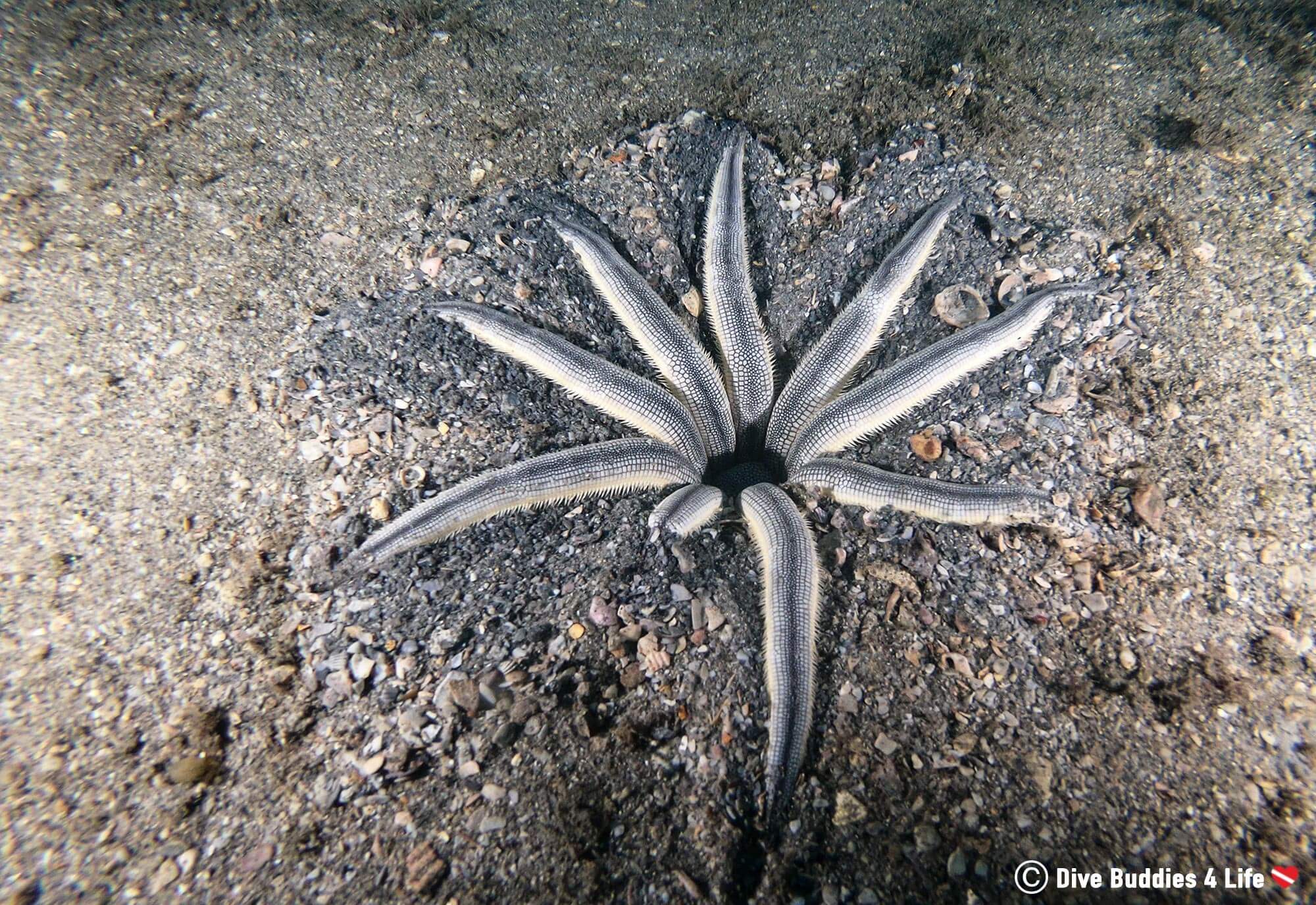
In most cases, sea stars are one of the first ocean creatures a child will see or touch, rendering them ambassadors to an unseen world.
For humans, sea stars have an important role in the community and structure of the ocean floor.
They are sometimes called “keystone” species, meaning their presence and feeding directly affects the whole ecosystem. Studies have shown that when the numbers of sea stars are reduced in a particular area, it can have a dramatic effect on the entire food web driving out larger pelagic fish that we depend on for food.

As it stands, the future seems uncertain for sea stars.
Over the years there have been countless studies, and research conducted all over the world. Sea star populations have been in flux. Some have had massive die-offs, other communities have rebounded, some have invaded and overpopulated. At this point who knows what the future will bring, but for now, let’s continue to enjoy and appreciate the superstars of the sea.


The Great Lakes are inland seas offering the historical allure of submerged shipwrecks, the ecological diversity of fish species, and the serene beauty of underwater landscapes. Not only are they a bucket-list destination for divers but they are also a place that leaves a lasting impression.

Alberta's Rocky Mountains are a place in Canada that captivate adventurers with breathtaking peaks but also scuba divers with glacial lakes.

A step by step how-to guide about researching, planning and executing your next scuba diving trip.

Greece is a haven for adventure seekers and scuba divers alike. Here are three wondrous spots for travellers to explore beneath the waves in this watery European destination.
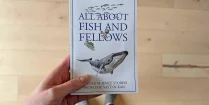
Have you ever heard of crabs that hitchhike through the seas on the back of whales? Or that fish bathe in freshwater springs gushing out in bottom of the sea? All About Fish and Fellows is a compilation of stories put together by writer Tim Schröder presenting some of the most fascinating facets of current marine research.
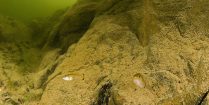
West Hawk Lake is one of the best - and most interesting - scuba diving sites in Manitoba. The lake was formed by a meteorite impact 150 million years ago and the crater filled with melting glacier water.
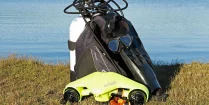
The ASIWO Manta Sea Scooter is an affordable and innovative scooter designed to let swimmers and snorkelers explore the sea to their hearts content.

A scuba diving gear review of the features found in the Tidal Mask by Tidal Sports and ProShot.

Join the dive quest to save Cuba's Gardens of the Queen with divemaster AJ Bailey in Nicholas Harvey's second scuba novel.

Our ears struggle to maintain balanced pressure when scuba diving, snorkeling and free diving. To enjoy these activities we must equalize.
